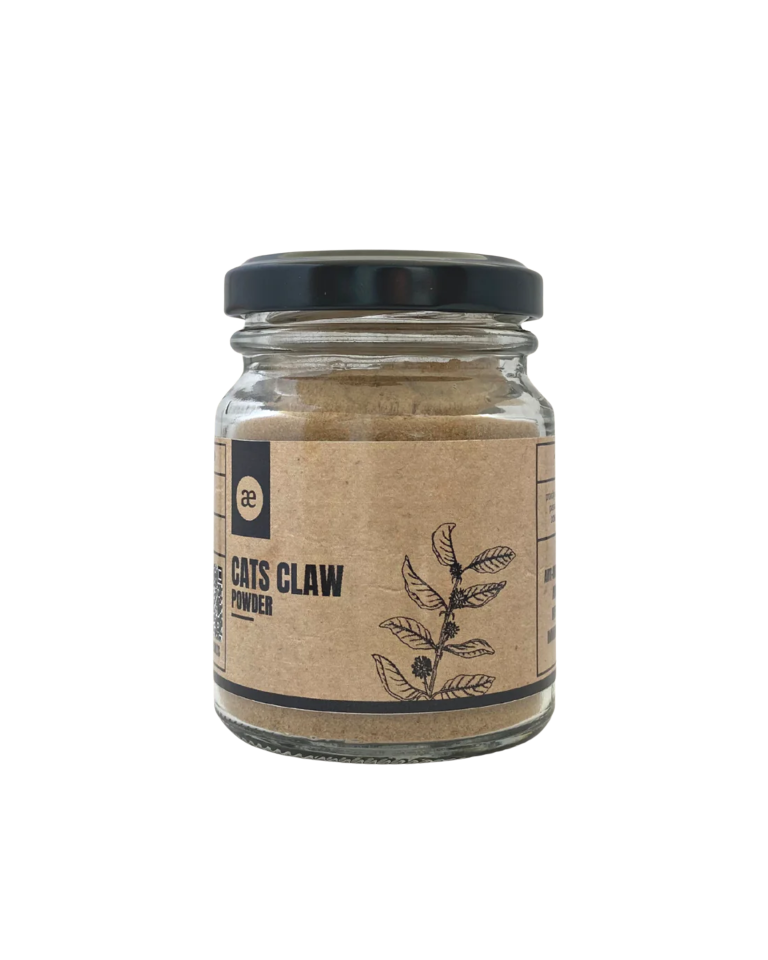Description
This plant earned its common name-Cat’s Claw from the curved thorns on the stem of the vine it grows off of – resembling that of the claws of a cat. This herb has a lengthy history of use as a folk medicine by native peoples of the amazon.
It is thought that the Asháninka taught all other Amazonian Indians in the area about the qualities of this amazing plant. For the Asháninka Indians, Cat’s Claw is the totality of their culture. Traditionally every adult from the tribe carries the bark with them in a little woven pouch-the vine is thought to be holy to all Incan people and they consider it a god incarnate called ‘kug – kukjagui’-the father of all other forest gods.
Cat’s claw is widely thought of as one of the most important botanical herbs found in the rainforest as it is used as a cleansing and supportive herb of the immune system, cardiovascular system, and intestinal system.
Although research on cat’s claw began in the 1970s, it didn’t gain worldwide attention until the 1990s, when studies showed it to be a possible treatment for Acquired Immune Deficiency Syndrome (AIDS ) and Human Immunodeficiency Virus (HIV) infection; cancer; and other ailments.
The active compounds in cat’s claw include oxidole alkaloids, triterpenes, phytosterols, and proanthocyanidins. Researchers have isolated unique alkaloids in the bark and roots that activate the immune system by increasing white blood cell activity. Rynchophylline, another alkaloid isolated from cat’s claw, has antihypertensive properties that may be beneficial in lowering the risk of strokes and heart attacks by reducing heart rate, lowering blood pressure, increasing circulation, and lowering
blood cholesterol levels.
This Ancient plant also contains quinovic acid glycosides which have documented anti- inflammatory benefits, and are effective in relieving the stiffness and swelling prevalent in arthritis, rheumatism, and joint pain.
Cat’s claw bark is also used to treat intestinal complaints, asthma, wounds as well as an adjunctive treatment for cancer and AIDS.



Reviews
There are no reviews yet.